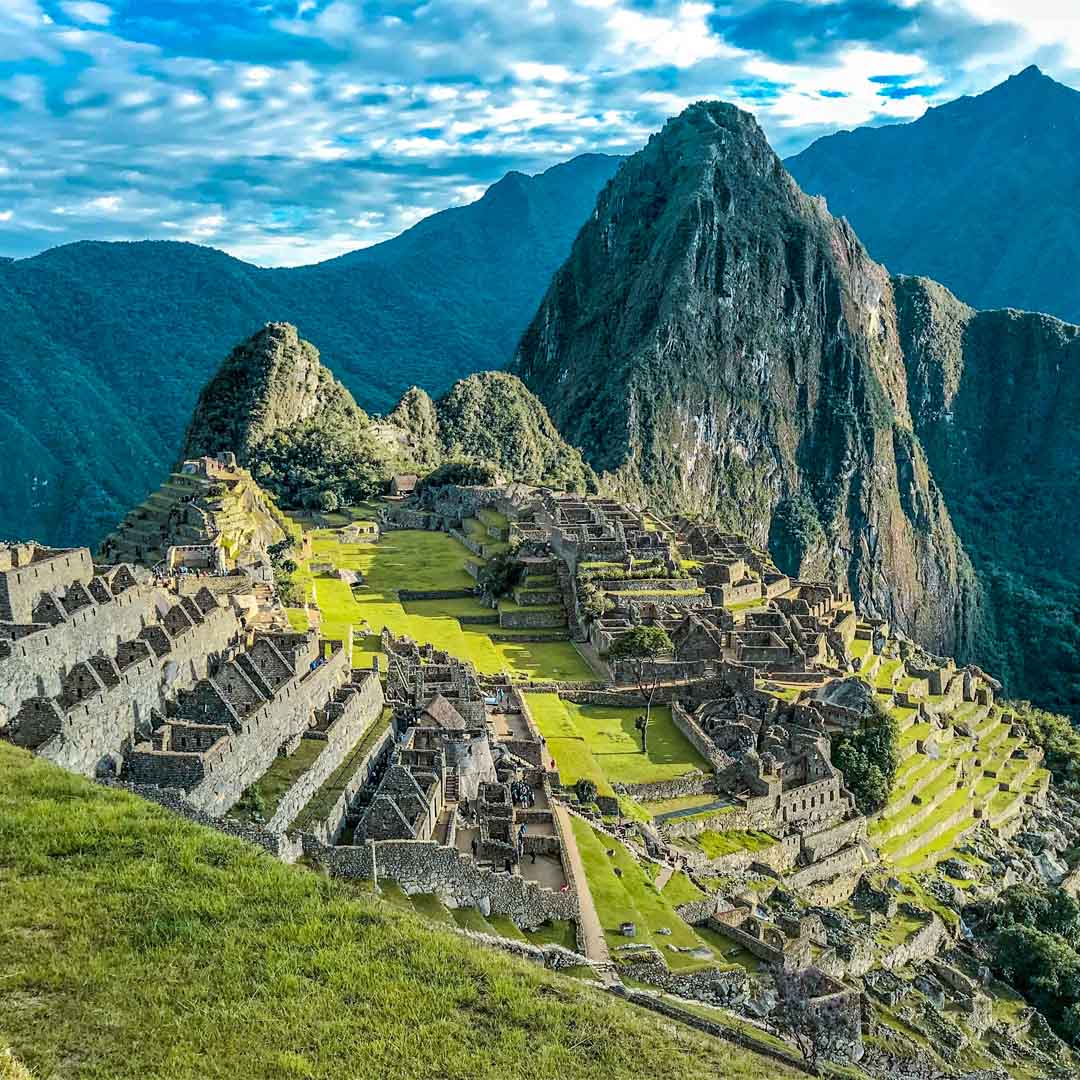Embarking on the Inca Trail to Machu Picchu is not just a trek; it's an odyssey through the heart of ancient Peru, a journey etched with tales of the Inca civilization. As we guide you through this iconic trail, prepare to unveil the wonders of Dead Woman's Pass, Runkurakay, Wiñay Huayna, and the breathtaking Sun Gate. From daily breakdowns to the best time to visit, this comprehensive guide provides intricate details for every adventurer eager to traverse the footsteps of the Incas.

What will you find here?
- What is the Inca Trail?
- Best time to visit the Inca Trail
- What to see on the Inca Trail?
- Daily breakdown of the Inca Trail
- Day 1: Cusco – Ollantaytambo – Wayllabamba
- Day 2: Inca Trail – Wayllabamba to Pacaymayo
- Day 3: Inca Trail – Pacaymayo to Wiñayhuayna
- Day 4: Wiñayhuayna – Machu Picchu
- Frequently Asked Questions (FAQs)
What is the Inca Trail?
At its essence, the Inca Trail is a 26-mile pilgrimage leading to the sacred citadel of Machu Picchu. It's not just a trail; it's a passage through time, dotted with ancient ruins and stunning vistas. This section delves into the historical significance, outlining the trail's purpose in Inca times and its evolution into a globally cherished trekking route.

Best time to visit the Inca Trail
The optimal time to embark on the Inca Trail is during the dry season, which spans from late April to early October. During these months, the weather is relatively stable, offering clear skies and mild temperatures. May and September are particularly favored for trekking, striking a balance between favorable weather conditions and fewer crowds.
It's crucial to avoid the rainy season, from November to March, when the trail becomes more challenging due to slippery paths and increased precipitation. Planning your Inca Trail adventure during the dry season ensures a more enjoyable and safer trek, allowing you to absorb the stunning landscapes and ancient wonders along the way.
What to see on the Inca Trail?
The Inca Trail is a journey through a living museum of ancient wonders. Key highlights include "Dead Woman's Pass," a high mountain pass offering panoramic views, Runkurakay, an Inca archaeological site with circular structures, Wiñay Huayna, an enchanting terraced complex, and the iconic Sun Gate, providing the first breathtaking glimpse of Machu Picchu.
Each site holds a unique chapter in Inca history, surrounded by the stunning beauty of the Andean landscapes. As trekkers traverse the trail, they encounter these remarkable landmarks, experiencing a profound connection to the rich cultural tapestry woven into the rugged terrains of Peru.

Daily breakdown of the Inca Trail
For a seamless journey, a detailed daily breakdown is essential. This section outlines each day's itinerary, from the starting point in Cusco to the final destination, Machu Picchu. An insightful overview ensures you are well-prepared for the challenges and delights that each day brings
Day 1: Cusco – Ollantaytambo – Wayllabamba
The adventure begins with a scenic drive to Ollantaytambo, a historical town at the base of the Sacred Valley. The trek commences from Wayllabamba, introducing the Inca Trail's wonders gently.
Day 2: Inca Trail – Wayllabamba to Pacaymayo
Day 2 brings elevation gains as trekkers ascend to Dead Woman's Pass, the highest point on the trail. The journey continues to Pacaymayo, revealing panoramic views and archaeological sites.

Day 3: Inca Trail – Pacaymayo to Wiñayhuayna
The third day unfolds with an exploration of Runkurakay and a descent to Wiñay Huayna, an enchanting Inca site surrounded by lush greenery.

Day 4: Wiñayhuayna – Machu Picchu
The trek's culmination leads to the Sun Gate, offering the first panoramic view of Machu Picchu. Descending to the citadel, trekkers conclude their Inca Trail adventure.
As we conclude this expedition through the Inca Trail, it's not merely about reaching Machu Picchu; it's about absorbing the stories woven into the stones and landscapes. Prepare to be captivated, informed, and inspired as you embark on this once-in-a-lifetime journey through the heart of ancient Peru.

Frequently Asked Questions (FAQs)
Is a permit required for the Inca Trail?
Yes, a permit is mandatory. Limited permits are issued daily, so it's advisable to book well in advance.
How challenging is the Inca Trail?
The Inca Trail presents a moderate to challenging trek, with steep ascents and high altitudes. Adequate preparation and acclimatization are essential.
Can I hike to Machu Picchu from Aguas Calientes?
No, trekking the Inca Trail requires a licensed guide. It's a regulated measure to preserve the trail's cultural and environmental integrity.










